How to Have a Beautiful Garden all Year Long
March 31, 2020
Sponsored Content
Text by Brianne Miers
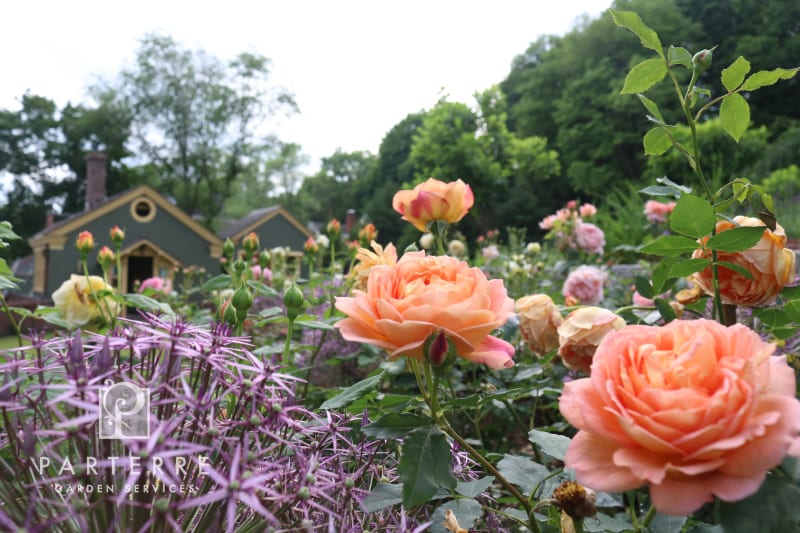
With a little thought, planning, and creativity, you can have a beautiful garden all year long—even in New England.
That’s according to Vanessa Tropeano, Creative Director for Parterre Garden Services, which provides high-end, personalized horticultural design services from the NorthShore to Cape Cod.
During peak season—from May to late fall—Parterre has up to eighty staff members who do everything for their nearly 400 clients from handling one-off tasks like decorating for parties to performing weekly, full-service fine gardening and land care services. Whether you have a team of highly skilled professionals like Parterre’s at your service or you are a do-it-yourselfer, Tropeano says there are some basic principles to keep in mind if you want your garden to look glorious in every season:
Maintain a healthy infrastructure
Healthy soil is key to having a healthy garden, so it’s good practice to use organic fertilizer a few times a year, and regularly compost your shrub and perennial borders. Proper irrigation is critical, too. While many homeowners worry about being too busy to water their gardens, Tropeano says overwatering is actually a more common mistake. She encourages installing an irrigation system to save water and prevent nutrient loss.
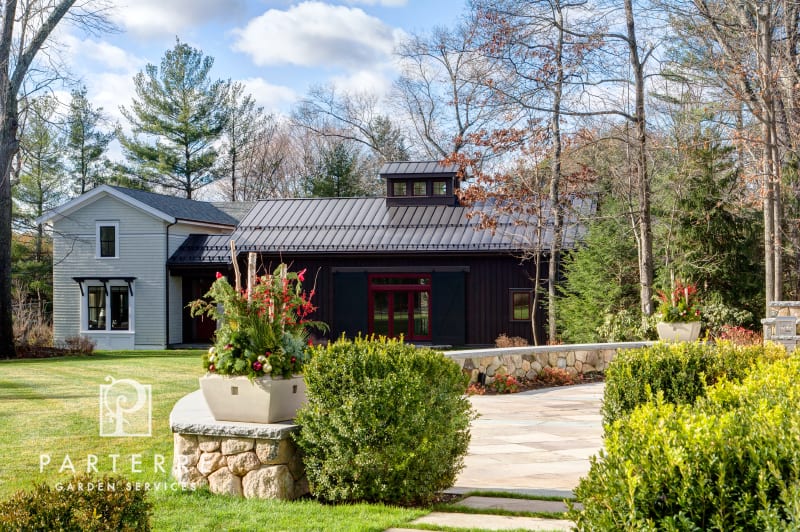
Evergreens are important
Evergreens can make a big difference in helping a space look alive while providing a backdrop for colorful blooms. Evergreen trees like pines, spruce, and fir are good for larger yards, while shrubs like boxwood and yew can be used to create elegant hedgerows for both city and suburban properties. During the holiday season, cuts of chamaecyparis, winterberry and custom baubles can add a festive touch to window boxes and pots.
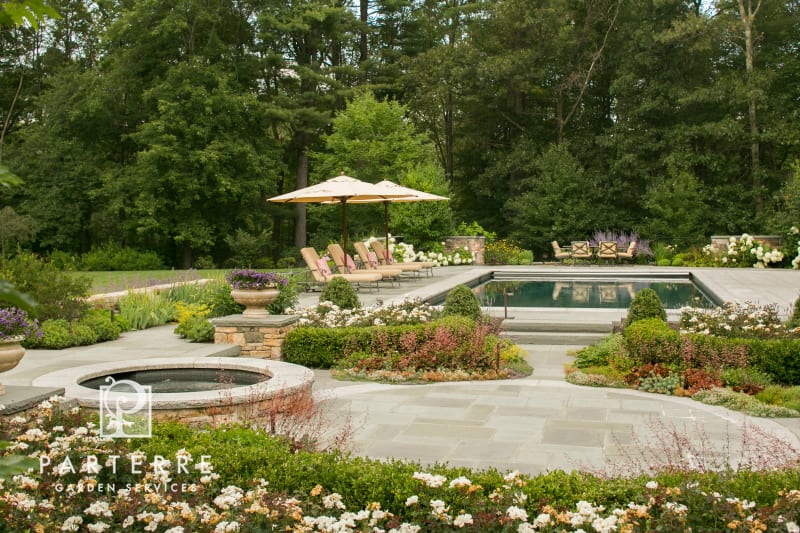
Consider how and when your space is used
To maximize your time and budget, you should focus your attention on different parts of your property during different times of the year, depending on how it’s being used. Tropeano says that in spring and fall, you want to make your entrances look their best, since you and your guests will be coming and going from the front of your home.
Then in summer, you want plants and shrubs in full bloom around your terrace or pool, and fence, since you’ll be doing most of your entertaining in the backyard. Although, if you spend most of your time at a summer home, you’ll want to plant your primary residence more heavily for spring and fall.
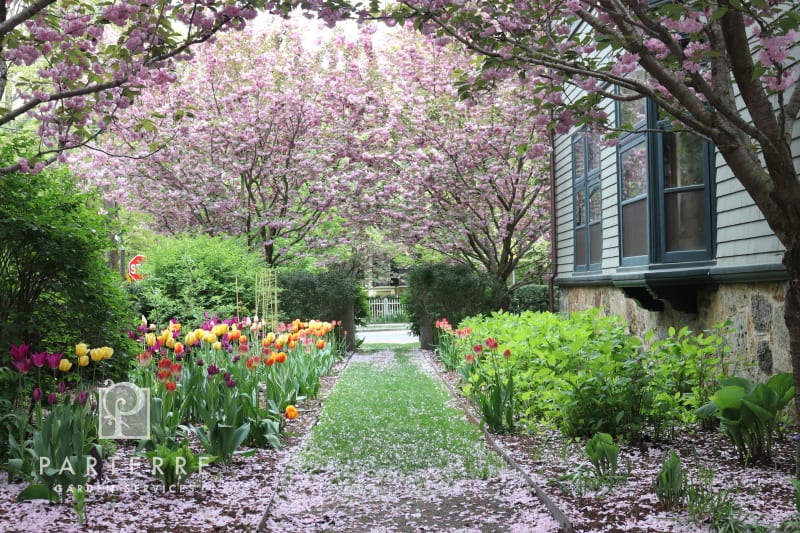
Plant for year-round color
If you do your research and plant accordingly, your garden can have colorful blooms throughout the year. Witch hazel and cornelian cherry are large, hearty shrubs that can brighten up winter days with their yellow flowers, which appear in February and early March, respectively. By early spring, “we’re all craving color,” says Tropeano, so she recommends concentrating spring blooming trees and shrubs and bulb plantings in front yards, where passers-by can enjoy them as well.
Then in early summer, you want to see your favorite perennials popping up in flower beds and borders. Given that most New Englanders try to make the summer last as long as possible, you want to plant plenty of paniculata hydrangeas and shasta daisies, since they’ll stay in full bloom well into September.
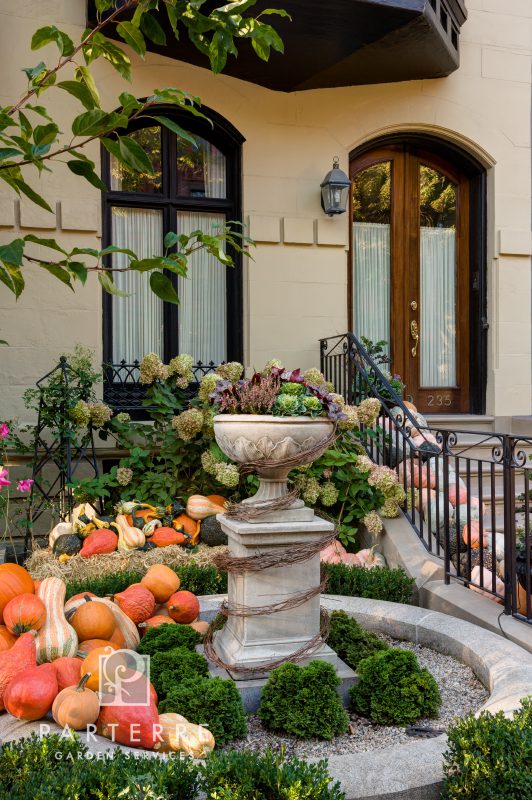
Get creative with pots
Since potted plants don’t require a huge investment of time or money, Tropeano encourages using them to experiment with incorporating different colors and textures into your garden’s design. “It’s like putting on a scarf or earrings,” she says. Also be sure to consider how much water each plant needs, and how that fits your lifestyle; while some need a lot of water, others can get bone dry before dying.
In the summer, low-maintenance, drought-tolerant tropical plants like mandevilla vine and dipladenia are perfect for terraces and roof-top decks. Pots can also help bridge the sometimes-dull gaps between seasons. Another trend is planting ornamental vegetable gardens in pots or beds. “You can make a really gorgeous container that you can use,” she adds.
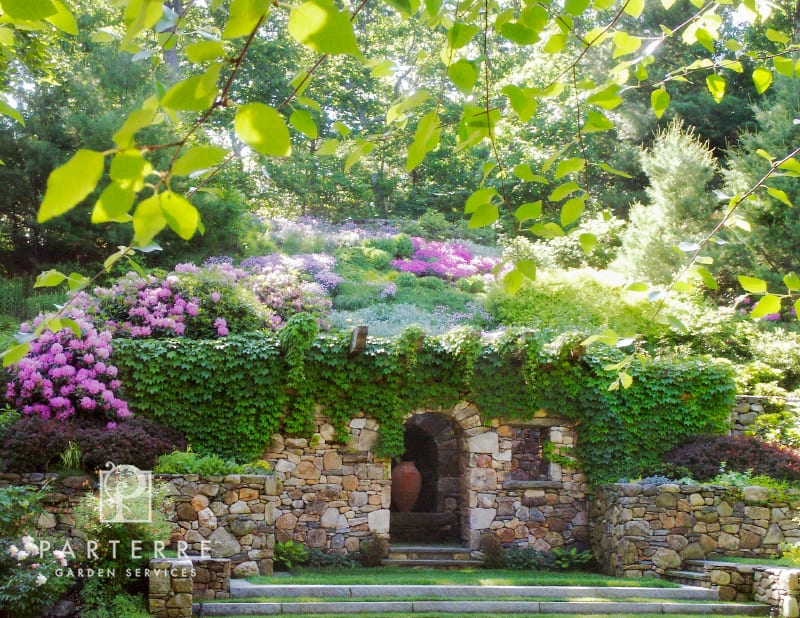
Use nature’s beauty to your advantage
A growing trend in both urban and rural settings is people are giving more thought to the relationship between their gardens and the environment. Homeowners are even starting to embrace the natural look of meadows over manicured lawns, which are time- and resource-intensive during much of the year.
Native plants like Coneflower, fothergilla (witch alder), and hydrangea arborescens (smooth hydrangea) can be used to create elegant landscapes that require less water and maintenance. They also attract and nourish bees, butterflies, and birds, which are a lovely addition to any garden. “It’s so wonderful to see species enjoying their natural habitat,” says Tropeano.
Parterre Garden Services, Cambridge, Mass.
Photo Credits
Photo 3: Photo by Rosemary Fletcher. Landscape Architecture by Gregory Lombardi Design.
Photo 4: Photo by Neil Landino. Landscape Architecture by Gregory Lombardi Design
Photo 5: Landscape Architecture by Gregory Lombardi Design
Photo 6: Photo by Rosemary Fletcher
Photo 7: Photo by Charles Mayer. Landscape Architecture by Gregory Lombardi Design.
Share
![NEH-Logo_Black[1] NEH-Logo_Black[1]](https://b2915716.smushcdn.com/2915716/wp-content/uploads/2022/08/NEH-Logo_Black1-300x162.jpg?lossy=1&strip=1&webp=1)
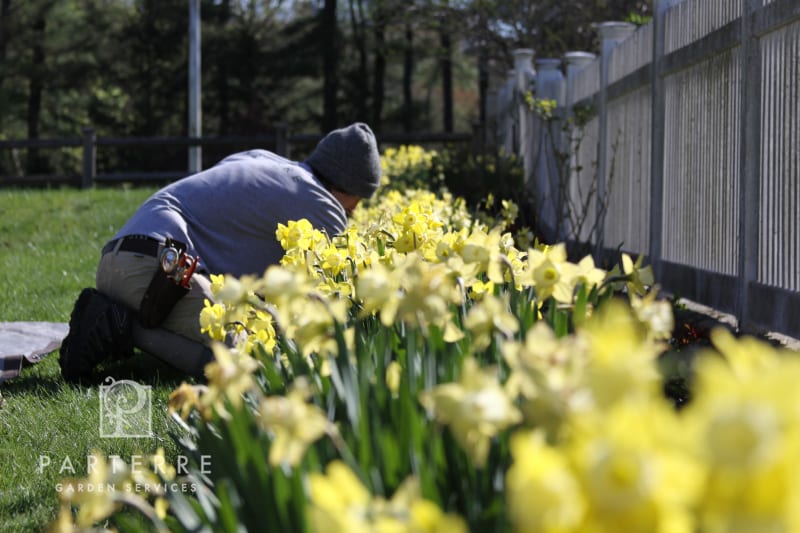







You must be logged in to post a comment.